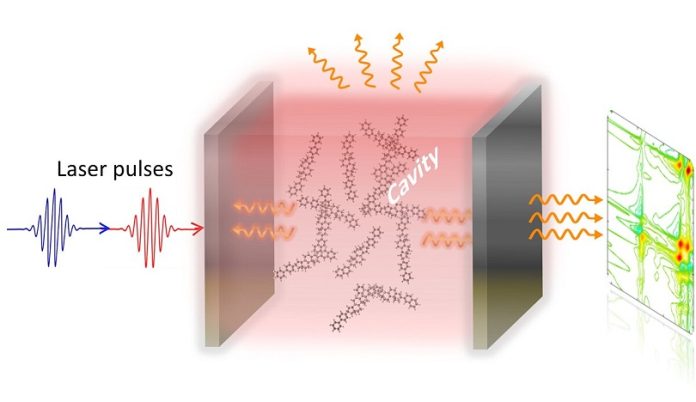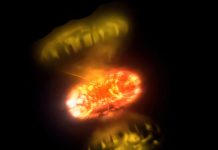
Scientists from City University of Hong Kong have made an exciting breakthrough in the field of quantum physics.
They have developed a groundbreaking theory that unravels the mysteries of “light-induced phases” of matter.
This discovery has the potential to revolutionize quantum photonics and open doors to innovative applications like quantum computing and advanced light-based technologies.
Matter, as we know it, exists in various phases, such as solid, liquid, and gas.
But scientists have recently discovered extraordinary phases with unique properties.
One such category is the light-induced phase, which has captured the attention of researchers worldwide.
These phases hold promise for developing next-generation technologies like more efficient solar panels, cutting-edge chemical platforms, and groundbreaking quantum devices.
Dr. Zhang Zhedong, an Assistant Professor of Physics at CityU and the leader of the research team, explained the significance of their work.
He emphasized that understanding the ultrafast processes that occur when light interacts with molecules is crucial for applications like energy conversion, quantum computing, and light-harvesting devices.
However, previous theories were limited by their inability to explain these processes accurately due to constraints related to time and energy scales.
To overcome these limitations, Dr. Zhang and his team developed a novel quantum theory for studying the optical signals emitted by light-induced phases.
This groundbreaking theory, which combines advanced quantum electrodynamics with ultrafast spectroscopy, offers a mathematical and numerical framework to explore the behavior of molecules in real time.
It overcomes the bottlenecks that hindered progress in previous theories and techniques.
One of the most intriguing aspects of the new theory is its ability to reveal wave-like behavior in clusters of molecules. This cooperative motion, which was previously unachievable, can now occur at room temperature rather than requiring ultralow cryogenic temperatures.
This breakthrough paves the way for precise control and sensing of particle motion even in everyday conditions.
It opens up exciting avenues of research, such as collective-driven chemistry, which could revolutionize the field of photochemistry.
The implications of this new quantum theory extend beyond fundamental research. It enables the design of advanced light-harvesting and emitting devices, enhances laser operation and detection, and unlocks the potential for bright light emission.
Moreover, the spectroscopic probes used in this study can be utilized to develop cutting-edge optical sensing techniques and enhance quantum metrology.
Looking ahead, the researchers plan to delve further into the light-induced phases and their impact on quantum materials.
They aim to develop new spectroscopic techniques and detection methods that take advantage of quantum entanglement, a phenomenon at the heart of quantum physics.
In summary, this groundbreaking research brings us closer to unraveling the secrets of the quantum world.
By shedding light on the light-induced phases of matter, scientists are poised to transform various fields, including optical communications, biological imaging, chemical catalysis, and energy-efficient light-harvesting devices.
The journey of exploring the quantum realm continues, and the possibilities are endless.
The findings were published in the journal Physical Review Letters under the title “Multidimensional coherent spectroscopy for molecular polaritons: Langevin approach.”



